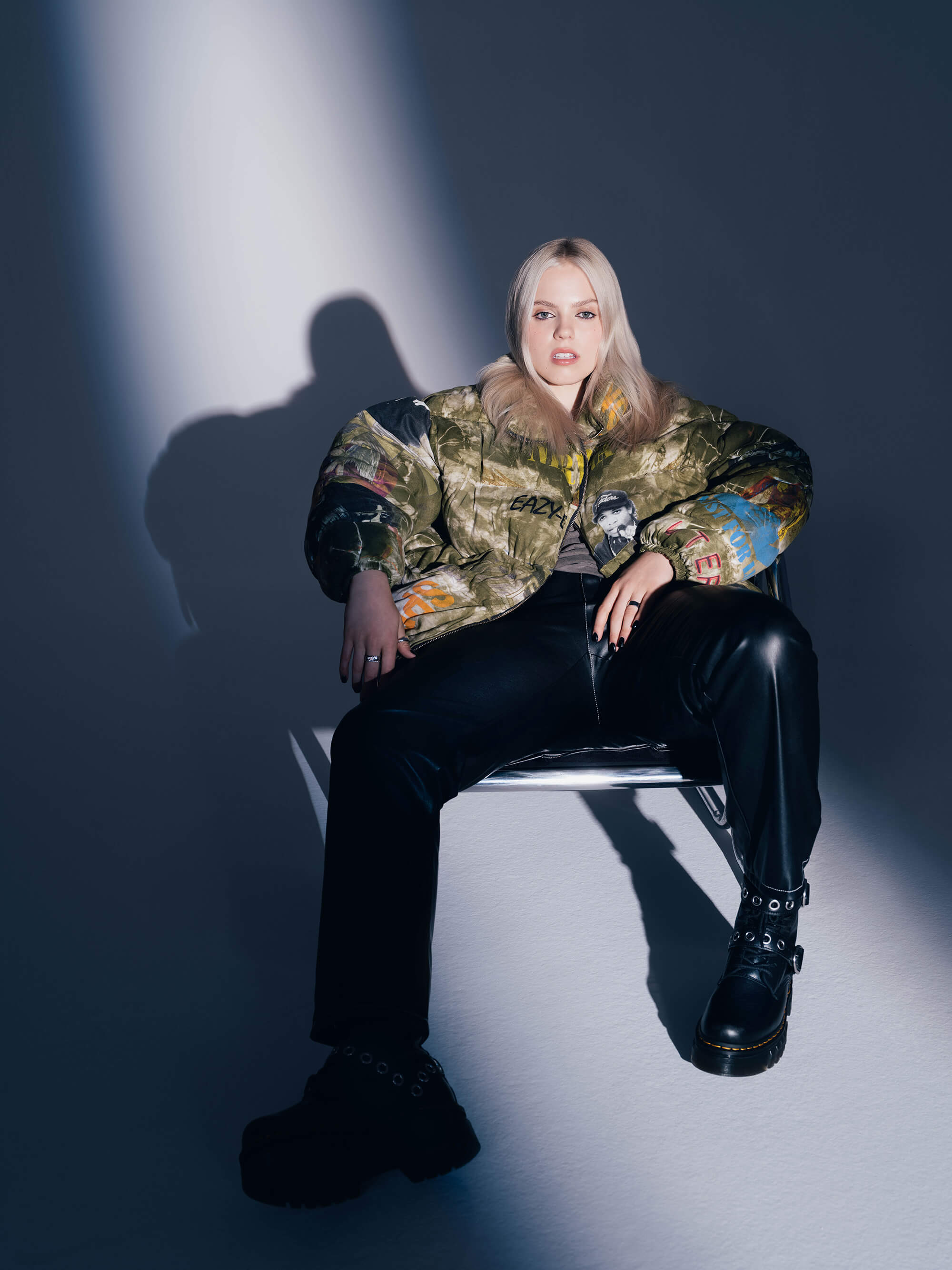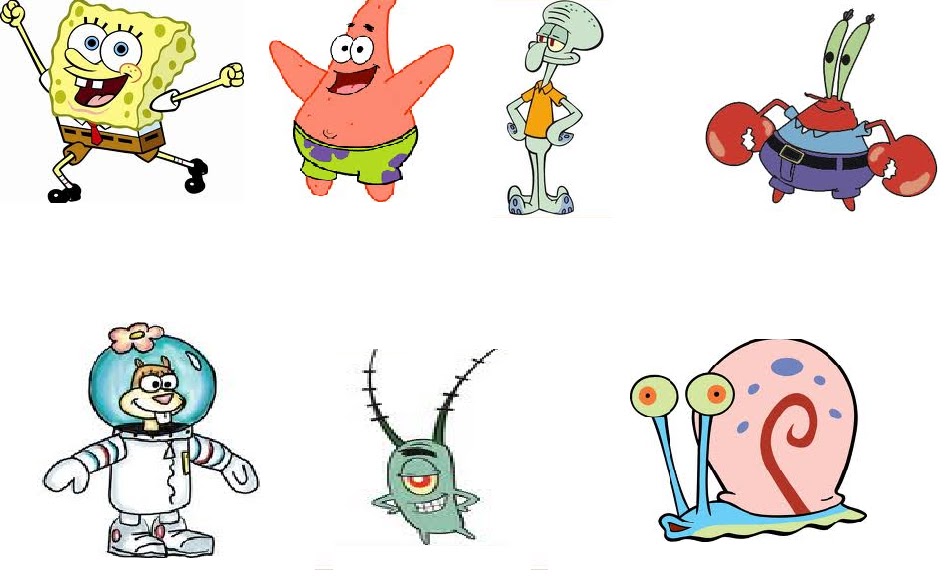Synthetic Hair Braids And Black Women's Health: A Concerning Trend

Table of Contents
Traction Alopecia and Hair Loss from Tight Braiding
Understanding Traction Alopecia
Traction alopecia is a form of hair loss caused by prolonged pulling or tension on the hair follicles. Tightly braided synthetic hair, particularly when worn for extended periods, significantly contributes to this condition. The constant pressure on the hair follicles disrupts the hair growth cycle, leading to thinning and, eventually, permanent hair loss.
- The mechanics of damage: Tight braids pull on the hair follicles, weakening them over time. This constant tension damages the hair roots, hindering their ability to produce healthy hair.
- Progressive nature of the condition: Traction alopecia often starts subtly, with thinning along the hairline or in areas where braids are particularly tight. If left unaddressed, this thinning can progress to significant hair loss and even bald patches.
- Prevalence in Black women: Due to the popularity of styles like synthetic box braids, cornrows, and other intricate braided hairstyles, traction alopecia disproportionately affects Black women.
- Statistical relevance: While precise statistics vary, anecdotal evidence and dermatological studies show a high incidence of traction alopecia among women who frequently wear tightly braided hairstyles.
Scalp Infections and Hygiene Concerns with Synthetic Hair Braids
Bacterial and Fungal Infections
The environment created under synthetic braids can easily become a breeding ground for bacterial and fungal infections. The close proximity of the braids to the scalp traps moisture and heat, creating ideal conditions for microbial growth.
- Moisture as a breeding ground: Sweat, oils, and product build-up accumulate under synthetic braids, creating a humid environment perfect for bacteria and fungi to thrive.
- Common scalp infections: Folliculitis (inflammation of hair follicles) and tinea capitis (ringworm) are common scalp infections associated with improperly maintained synthetic braids. These infections can lead to itching, pain, and even scarring.
- Importance of proper hygiene: Maintaining impeccable scalp hygiene is crucial when wearing synthetic braids. This includes regular cleansing, proper ventilation, and careful removal of any debris or product build-up.
Chemical Exposure from Synthetic Hair and its Potential Effects
Harmful Chemicals in Synthetic Fibers
Many synthetic hair extensions contain chemicals used in the manufacturing process. While the long-term effects of these chemicals on scalp health are still under research, there are legitimate concerns.
- Chemicals of concern: Formaldehyde, dyes, and other chemicals used in processing synthetic fibers are potential irritants and allergens.
- Absorption through the scalp: The scalp is highly absorbent, allowing some chemicals to penetrate the skin and potentially enter the bloodstream.
- Allergic reactions and other effects: These chemicals can trigger allergic reactions like contact dermatitis, scalp irritation, and, in some cases, more severe systemic reactions.
The Psychological Impact of Hair Standards and Synthetic Braids
Societal Pressure and Hair Choices
The pressure to conform to Eurocentric beauty standards significantly influences Black women's hair choices. Synthetic braids, while sometimes chosen for protection, can also be a result of this pressure.
- Eurocentric beauty standards: These standards often prioritize straight, long hair, pushing Black women to alter their natural hair textures through various methods.
- Emotional toll of maintenance: The time and effort required to maintain intricate synthetic braid styles can be emotionally draining, particularly if the styles are chosen due to external pressures rather than personal preference.
- Embracing natural hair: Choosing to embrace natural hair or selecting less damaging protective styling options is a powerful act of self-acceptance and resistance against unrealistic beauty standards.
Conclusion
The popularity of synthetic hair braids among Black women is undeniable, but it’s crucial to be aware of the potential health risks associated with this hairstyle. Tight braiding can lead to traction alopecia and permanent hair loss, while poor hygiene practices increase the risk of scalp infections. Furthermore, potential exposure to chemicals in synthetic fibers and the psychological impact of societal pressure on hair choices must also be considered. Prioritizing scalp health is paramount. Choose protective styles wisely, maintain meticulous hygiene, and prioritize self-love and acceptance. If you are experiencing any scalp issues, consult a dermatologist or a hairstylist specializing in protective styling for Black hair. Share this article to raise awareness about the potential health risks associated with synthetic hair braids and promote informed choices regarding hair care.

Featured Posts
-
 Chelsea Transfer News Could Osimhen Be The Next Big Arrival Malouda Weighs In
May 27, 2025
Chelsea Transfer News Could Osimhen Be The Next Big Arrival Malouda Weighs In
May 27, 2025 -
 Longview Man Sentenced To 30 Years For Waffle House Murder
May 27, 2025
Longview Man Sentenced To 30 Years For Waffle House Murder
May 27, 2025 -
 Taylor Sheridans Yellowstone Future Retirement On The Horizon
May 27, 2025
Taylor Sheridans Yellowstone Future Retirement On The Horizon
May 27, 2025 -
 Renee Rapps Leave Me Alone Interpreting The Alleged Sex Lives Of College Girls Diss
May 27, 2025
Renee Rapps Leave Me Alone Interpreting The Alleged Sex Lives Of College Girls Diss
May 27, 2025 -
 Stream Happy Face A Guide To Watching The Crime Drama Online
May 27, 2025
Stream Happy Face A Guide To Watching The Crime Drama Online
May 27, 2025
Latest Posts
-
 Kyriakatiko Tileoptiko Programma 11 5
May 30, 2025
Kyriakatiko Tileoptiko Programma 11 5
May 30, 2025 -
 Olokliromenos Odigos Tileorasis Gia To Savvato 10 5
May 30, 2025
Olokliromenos Odigos Tileorasis Gia To Savvato 10 5
May 30, 2025 -
 Ti Na Deite Stin Tileorasi Kyriaki 11 Maioy
May 30, 2025
Ti Na Deite Stin Tileorasi Kyriaki 11 Maioy
May 30, 2025 -
 Tileoptikes Metadoseis Savvatoy 10 Maioy Odigos Programmatos
May 30, 2025
Tileoptikes Metadoseis Savvatoy 10 Maioy Odigos Programmatos
May 30, 2025 -
 Odigos Tiletheasis Kyriaki 11 5
May 30, 2025
Odigos Tiletheasis Kyriaki 11 5
May 30, 2025
